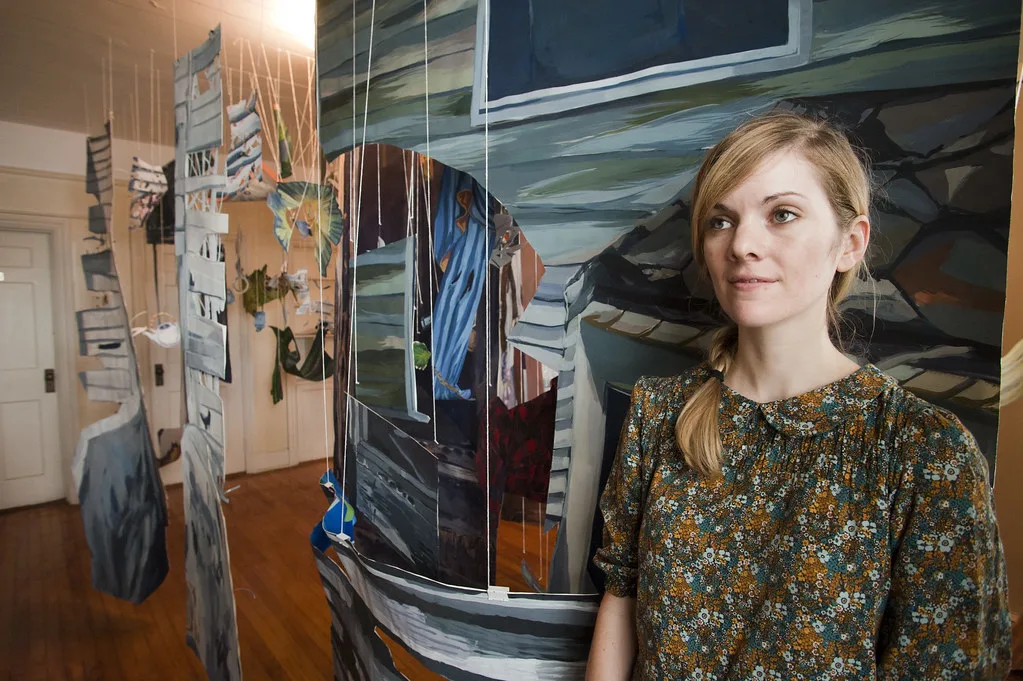While the 18th century was coming to an end, the introduction of new ideas was shaking Europe. The infamous philosophers of the Age of Enlightenment shed light on concerns about equality among French citizens and the peasants’ liberty. The economic gap between the aristocrats and people was growing.
Furthermore, a constant state of discontent was blooming among people. In France, the dissatisfaction against the French monarchy became more and more evident because of the poor management of King Louis XVI and the inequality among people that became a massive burden day by day. In 1789, the ideas of liberty, equality, and fraternity turned into a movement that forever changed France’s social and political structure.
Changes in political and social balances were not the only effects of the French Revolution. It also profoundly influenced the artists, who were inspired by the revolutionist opinions and epic stories. Neo-classicism and romanticism had become predominant styles in the paintings of the great artists. The French Revolution opened a new chapter in world history; therefore, the artists had the chance to work on glorious subjects and unforgettable tales.
French Revolution Paintings
Following the influences of the unforgettable scenes and the French Revolution’s unorthodox ideas, great artists created some of the most iconic paintings of the time. Most of them survived until this date to guide us to one of the world’s most unforgettable milestones. Let us take a look at a few of them.
Liberty Leading the People – Eugène Delacroix


Liberty Leading the People. 1830. Oil on canvas, 260 x 325 cm.
The infamous painting that later became one of the signature remainders of the French Revolution, Liberty Leading the People, was the splendid work of Eugène Delacroix. In the image, we see a fierce woman who is carrying the flapping French flag. Among the dead and wounded people, she is leading the revolutionist crowd in the path of victory.
Unlike the popular idea, the artist created this masterpiece after the July Revolution of 1830, sparked by the 1789 French Revolution. The painting successfully captures the essence of chaos, passion, and determination due to a great purpose. The leading woman figure itself reveals a new approach for portraying the human body. It was crucial to represent people in the most flawless form before the French Revolution. However, in Liberty Leading the People, we see the heroine has a lifelike appearance. She is running barefoot with her dusty clothes and exposed chest. The scene is not trying to display a heavenly, unrealistic beauty; but tells a story of a national uprising for their rights. It is one of the iconic artworks referencing French Revolution history.
The Death of Marat – Jacques Louis David


La Mort de Marat by Jacques-Louis David 1793, Oil on canvas 62×128 cm
Jean-Paul Marat was an important figure and a fierce revolutionist in the French Revolution period. Discontent with the monarchy’s malpractices and the inequality among citizens, he was one of the first to emphasize the need for a change. He was also a friend of the artist Jacques Louis David, who told his heartbreaking story and created an immortal masterpiece on canvas. In the oil painting, we see Marat lying in his bathtub. Covered with blood, he holds a letter saying, “Given that I am unhappy, I have a right to your help.” He was murdered by a woman named Charlotte Corday as revenge for her loved ones being killed by revolutionists. The artist David aimed to honor the memory of Ma-rat by portraying him as a martyr of the revolution. With space and direct light casting on his face in an ethereal manner, he manages to create a sacred atmosphere.
The Reading of the Bulletin of the Grand Army – Louis Léopold Boilly


The Reading of the Bulletin of the Grand Army by Louis-Léopold Boilly 1807, oil on canvas 47 x 60 cm
Before the French Revolution, the Rococo style was the most predominant approach in art. The depiction of religious scenes was frequent in paintings, along with glorious portraits of the aristocrats. After the revolution, the artists turned their faces to Neo-classicism and romanticism; they focused more on ordinary people.
In the oil painting Reading of the Bulletin of the Grand Army, a well-known artwork of Louis Léopold Boilly, we see commoners arguing about a subject concerning their country. Boilly preferred to benefit from the elements of black humor in his work to richen up the story. At the time of war, he portrays children playing war games in the background while the adults have concerns about their country and family’s well-being. The painting shows that the upper class is no longer the sole decision mechanism regarding management issues. The artists manifest that people are equal regardless of their gender, income, or social status by depicting the men and women discussing together.
French Revolution has been one of the most influential movements worldwide, and it highlighted the significance of human rights. It showed that a spark could turn into a fire and create a big difference when masses became one with a great purpose. It is why the French Revolution marks the end of an era. The ideas it introduced, the determination, the epic struggle of the people has been an inspiration. No wonder it affected the work of great artists to create the most exquisite paintings.
REFERENCES
My Modern Met – 7 Spirited Works of Art Sparked by Revolution mymodernmet.com
Haley Donna Brown – The French Revolution and Art haleydonnabrown.wordpress.com
Heloisa Rizzi – 3 Glorious Paintings to Understand Revolutionary France medium.com
Collection of Louvre & Palace – Curatorial Departments: Liberty Leading the People louvre.fr/en
Opisanie-Kartin – Description of the Painting by Jacques Louis David “Death of Marat” en.opisanie-kartin.com
Britannica – The Death of Marat britannica.com
Saint Louis Art Museum – The Reading of the Bulletin of the Grand Army slam.org
Web Gallery of Art – Reading of the Bulletin of the Grand Army wga.hu













